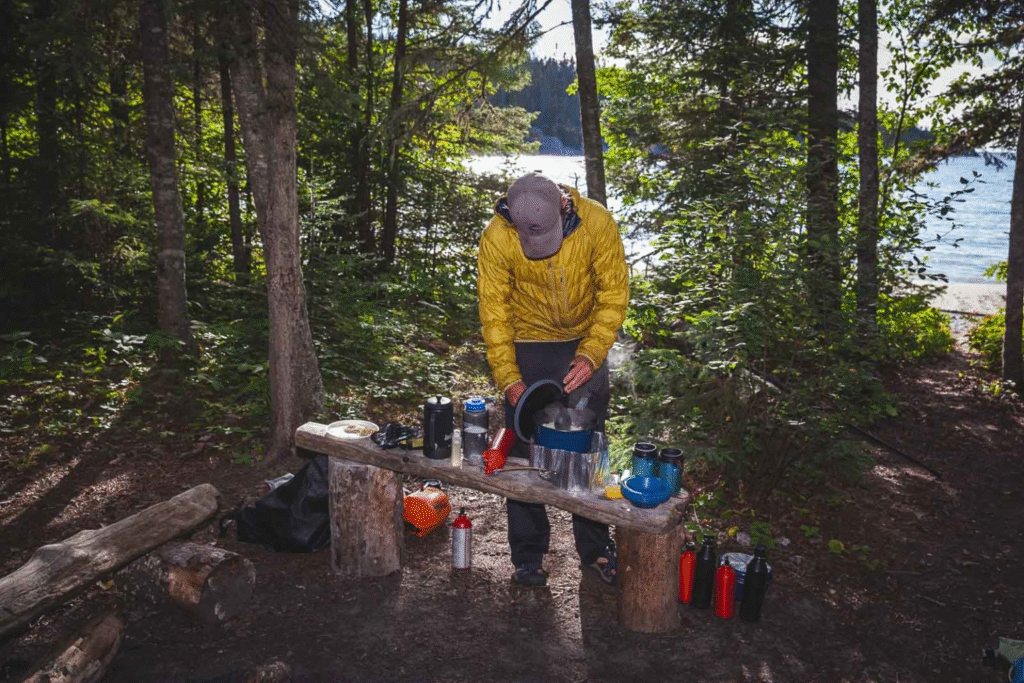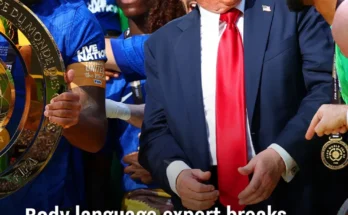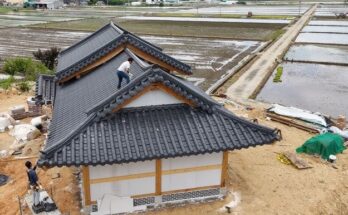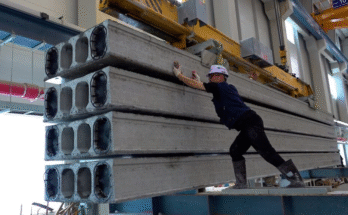Planning Your Camping Trip

The best camping trips start with good planning. It is not like you can just jump in your car and go. You have to take weather and time of year into consideration. Plus, you will probably have to book a campground well beforehand unless you plan on backcountry camping. Everything you do to plan your trip before hitting the road will make the camping experience easier and less stressful. So let’s get started.
1. What kind of camper are you?

We like to break camping down into different types of styles. Some people prefer roughing it as much as they can and others prefer a bit of comfort on their camping trip. By determining what type of camping experience you want to have, you will be able to plan the perfect trip.
- Tent Camping: By far the most popular as it usually involves camping in a tent at a campsite or a national park where they have facilities like bathrooms and water.
- Car Camping: This is popular in North America as it lets you drive you car into the campsite and the set up is really easy. Sometimes you camp in a tent on the gound, sometimes on top of your car, and the more adventurous just sleep with a blow up mattress in the back of their SUV.
- Trailer or Camper: Campervan travel has become increasingly popular and it involves either towing a camper or actually driving a campervan where all the amenities are inside.
- Backcountry Camping: This for the hardcore campers and hikers out there. This is where you hike in, carry all of your gear, food, and water (or a water purifyer to purify water from lakes) and you are camping with no facilities. This is the type of camping you usually do when you have a bit of experience.
2. Picking a Campground

When it comes to choosing a campground it is always recommended to do it in advance. When picking your campground, there are a few things you should consider when choosing one that is right for you:
- What is the best time of year to visit? High season or low season?
- What amenities are available? For example are there washrooms, do they have running water, do they have fire pits or do you need to pack a camp stove, do you need a picnic table?
- What regulations does the campground have? For instance, is there a no fire policy, are there any closures or if you have a dog, are pets allowed?.
- How far ahead of time do you need to book to get the campsite you want?
3. Choosing the Best Campsite

Regardless of whether you are camping in a National Park or designated campground, choosing a good campsite can make the difference between a great camping experience and a mediocre one. It is always a good idea to look for a site that has these features:
- A great view or close to the water. These are usually away from other campsites and offer a bit more privacy.
- Located further away from the bathrooms. If your campground is equipped with washrooms you will want to pick a site that is a good distance away, especially if you go to bed early or are a light sleeper.
- When camping in the summer, look for a site that has some shade by trees, you’ll thank us when the morning sun hits and makes your tent an oven.
4. Packing the right Camping Gear

Camping gear is always a very personal choice and one that changes depending on comfort level and budget. Here are some suggestions for the camping essentials including your tent, sleeping bag, sleeping pad, and more.
Tent

Your tent is the most important piece of camping gear you will need and it is worth spending money here if you want something that is going to last. We recommend a 3 season tent, as most of you will not be doing winter camping.
We own a three-person tent for the two of us. We find it is good to go up one size from what you need unless you are doing serious backcountry hiking and need to keep your weight down.
- If you are car camping, you can choose any size you want! A larger tent that you can stand up in and move freely in is ideal.
- If you are hiking and carrying all your gear, you’ll want to go as light and small as possible.
5. Practice Setting Up Your Tent
Too many people get to the campsite and set up their tents for the first time. It can be a frustrating experience and it can really set a negative tone for the weekend. So do yourself a favor and set up your tent a few times before your trip.
After you’ve set it up, get inside and see how it fits. What can you do to make things more comfortable, where are you going to put your packs and gear when inside? Where will you keep your flashlight so it is handy for those middle-of-the-night bathroom runs? Speaking of bathroom runs, don’t forget about toilet paper. What are you going to pack away and what are you going to keep at your fingertips in the middle of the night. The more you are in your tent, the more ideas will come to mind.


